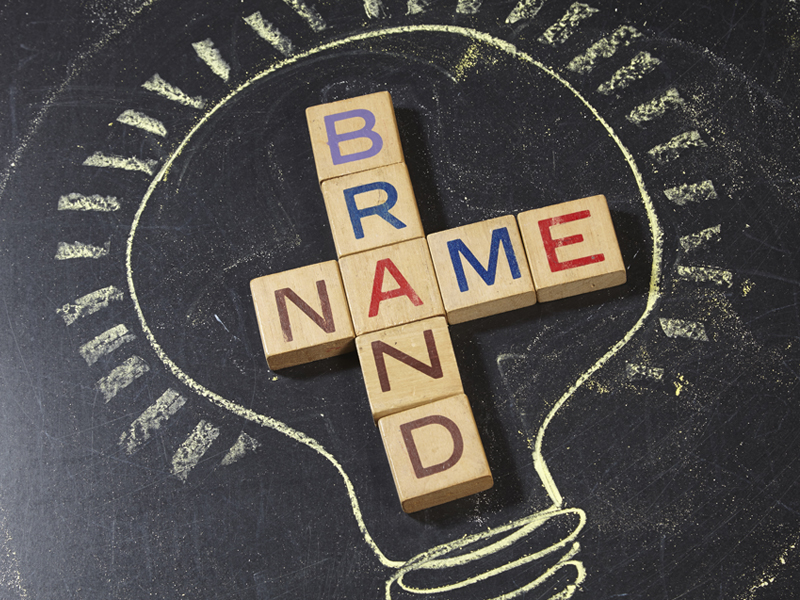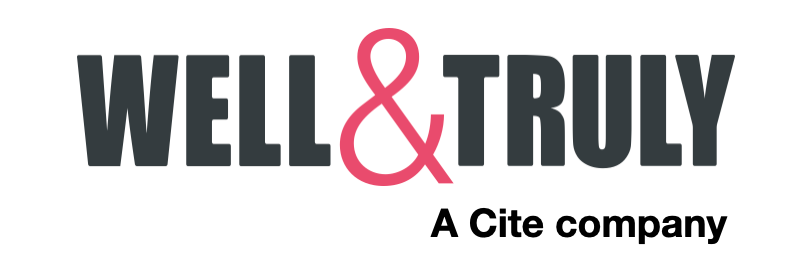
03 Mar How to ensure your brand name is fit for purpose
First impressions are everything. The right name can accelerate you forward whilst the wrong name will leave you forgotten, misunderstood, or even disliked. With this in mind, here are six things to consider when coming up with the perfect name for a product or brand:
1. Is it easy to spell/say?
Rule one is a simple one. Take into account spelling, punctuation and length. If the name alone is difficult to spell or pronounce, then it’s not going to be memorable. You could be shutting down potential business before the consumer even gets an idea of what your company can offer. It’s far more difficult to network and share aspects of a business when the public are consistently misspelling or mispronouncing your name.
2. Don’t use symbols, punctuation or a mash of letters
Brand names with a hyphen, cRaZy UppER/LOWercAsE letters, punctuation (!?), smyb*les or unnecessary s p a c e I n g isn’t online friendly. You need to think about Search Engine Optimisation (SEO) – people will spell your brand name without the use of symbols, hyphens, explanation marks, so google will struggle to pick this up when people search for your business. You may think it makes you stand out by adding a question mark to your brand name, but the reality of this doesn’t weigh up.
3. Is it too long?
This one goes for slogans or taglines too. The longer the name, the more likely it is to be mistyped into online search engines and this means that consumers, clients, as well as potential business partners, could stumble across your competitors before they find you. Not ideal.
Shorter names are generally catchier, and as a result, more memorable. Take the American global courier FedEx for example. The company began with the name Federal Express Corporation in 1971 but consumers soon shortened this to FedEx. In 1994, the company decided to make their unofficial moniker their official one. This decision was ultimately the right one; two syllables are much easier to say than five, and the brand is now recognised globally. Marks and Spencer, Wilkinsons are also examples of consumers shortening brand names; M&S and Wilkos.
4. Does it look pretty?
Names are made even more memorable by their visual treatment. Enter logos. Aspects such as shape, colour and font will affect the emotional reaction of your target audience and influence their ability to recall your brand in certain situations.
The Apple logo is one of the best examples of how to link a product name to memorable visuals – although the word ‘apple’ has no connection to computers, this is something to bear in mind when starting a brand. People will question why a brand name has its name.
If you are going to opt for something a little more obscure and hence stand out and hopefully be memorable, you’ll need some decent marketing budget and / or time to get it out there.
5. Does it form a positive brand connection?
During the naming of a brand or product, consider carefully the vocabulary you use. Depending on the context, different words have different connotations for different people. Forming a positive connection with your target audience right from the get-go can go a long way. Think about where you intend to take your brand in the future, the products you currently produce, and what markets you would like to explore.
A brand, service or product’s name is a promise that doesn’t even have to make logical sense to become meaningful and relevant to the user. It contributes to an inexplicable, intangible gut feeling the consumer has. If we say Starbucks, do you think of stars and dollars? No, it’s more than likely that ‘coffee’ was the first word to pop into your head. Right?
6. Is there a suitable domain for your brand name?
A domain name is the name of your website or your website address (URL). Unfortunately, if there isn’t a viable, relevant domain name, then it’s back to the drawing board with your brand name.
While both the domain and business names don’t have to match up perfectly, if the two are completely unrelated then you’re shunning potential business because you simply can’t be found online.
Once your brand or product has a well-established online presence, you can begin to connect with consumers and business partners alike.
You also need to bear in mind social media, it’s a good idea to make sure that any preferred usernames are available to you on Facebook, Twitter, LinkedIn and Instagram before you decide upon your brand name.
The main thing to remember is that your brand or product name is vital. It’s a huge part of your reputation. We’ve explained why names should be memorable, appealing and easily communicable but the list doesn’t end there.
Need help with your brand name? We would love to hear from you! We’ve worked on many branding projects and would be delighted to help you find your perfect brand name. Visit our case studies page to see who we have helped.






No Comments